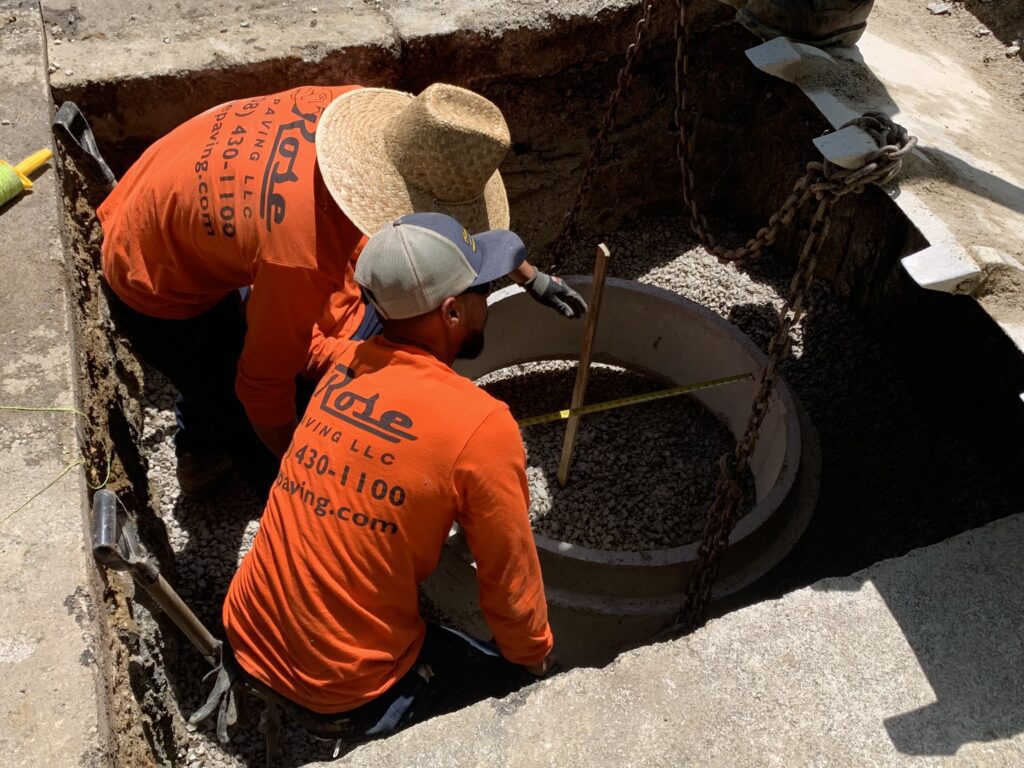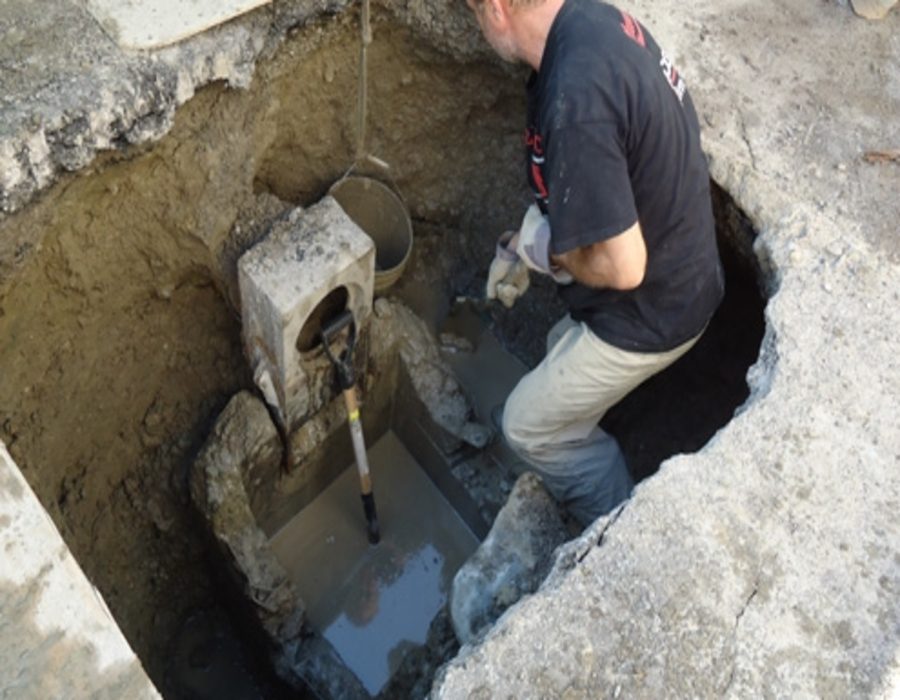What Is a Catch Basin in Construction? Drain Like a Pro Now
In construction, understanding the components that manage stormwater drainage is key.
A catch basin is one such crucial element, helping collect and direct excess water away from roads, foundations, and other areas prone to damage.
In this article, we’ll explore what a catch basin is, its importance in construction, and how it contributes to effective stormwater management.
What is a catch basin in construction?
In construction, a catch basin is used for stormwater management. It’s installed in areas like parking lots and streets to capture rainwater and direct it safely into drainage systems.
Key Takeaways
- A catch basin is a drainage system component that collects water runoff and debris to prevent flooding.
- They help direct water to proper drainage systems, reducing water damage to roads, properties, and the environment.
- Regular maintenance is necessary to ensure the catch basin remains functional and effective.
What is a Catch Basin in Construction?
In construction, a catch basin is a structure designed to collect stormwater runoff and debris from streets, parking lots, and other paved surfaces.
Often located at the lowest point of a drainage system, catch basins act as the first line of defence against water accumulation, ensuring that water flows smoothly into the proper stormwater channels.
Typically made of concrete, plastic, or metal, catch basins have a grate or cover that allows water to flow in while blocking larger debris such as leaves, trash, and sediment from entering the system.
Once the water enters the basin, it is either directed into an underground stormwater system or a retention pond, where it is further treated or safely discharged.
Catch basins play a crucial role in managing stormwater across both urban and rural areas, which is why regular catch basin cleaning in Pompano Beach, Key Biscayne, and Fort Lauderdale is so important for maintaining effective drainage systems.
In construction, they help prevent flooding, reduce the risk of water damage, and support the health of the environment by ensuring that water is properly managed and directed away from sensitive areas.
How Catch Basins Are Installed in Construction

The installation of a catch basin is typically part of a larger drainage system. Here’s a breakdown of the installation process:
1. Site Preparation
Before the catch basin can be installed, the construction team needs to identify the lowest point on the site where water naturally flows.
This is often where the catch basin will be placed. The area must be excavated to create a trench that will accommodate the basin.
2. Basin Installation
Once the trench is prepared, the catch basin is placed into the hole. Depending on the type of basin, it may be made of concrete, plastic, or a hybrid material.
The basin is then connected to underground pipes that direct the water to a larger stormwater system or drainage pond.
3. Grate or Cover Installation
A grate or cover is placed on top of the catch basin to prevent debris from entering the system.
The cover also allows water to enter the basin while keeping larger debris from causing blockages.
4. Connecting to Stormwater Systems
The final step involves connecting the catch basin to the rest of the stormwater management system, ensuring that water is properly directed away from the construction site or urban area.
Regular Maintenance of Catch Basins
While catch basins are essential for efficient drainage, they do require regular maintenance to keep them functioning properly. Here are some key maintenance tasks:
1. Cleaning the Grate and Basin
Catch basins should be cleaned regularly to remove any debris that has accumulated on the grate or inside the basin.
Depending on the location and the amount of debris, cleaning may need to be done quarterly or annually.
2. Inspecting for Clogs
Periodically, the catch basin should be inspected for clogs that could obstruct water flow. Over time, sediment can build up in the basin, reducing its capacity to collect water and debris.
If necessary, the basin should be pumped out to remove excess sediment.
3. Checking for Structural Damage
Over time, catch basins can experience wear and tear, especially in high-traffic areas.
It’s important to check for any cracks, damage to the grate, or other issues that could compromise the basin’s performance.
Regular inspection ensures that any necessary repairs can be made promptly.
Benefits of Using Catch Basins in Construction

Catch basins are essential for maintaining proper stormwater management in construction and urban planning. Here are some of the main benefits:
1. Reducing Flood Risks
By quickly collecting stormwater and preventing water from pooling on streets or properties, catch basins help reduce the risk of flooding. This is especially important in construction areas where water can easily damage the building’s foundation or landscaping.
2. Environmental Protection
By filtering debris and contaminants, catch basins help prevent harmful pollutants from entering natural water bodies. This helps maintain clean and healthy waterways and reduces the environmental impact of urban development.
3. Supporting Sustainable Drainage
Catch basins are part of the broader effort to manage rainwater runoff sustainably. By integrating catch basins into construction projects, builders and developers contribute to long-term environmental health and ensure compliance with local stormwater management regulations.
Frequently Asked Questions
1. What is the purpose of a catch basin in construction?
A catch basin is used to collect and filter stormwater runoff, debris, and sediment before the water enters the stormwater system. It helps prevent flooding, protect property, and improve water quality.
2. How often should catch basins be cleaned?
Catch basins should be cleaned regularly, especially during the fall and spring when debris like leaves can accumulate. Cleaning frequency depends on the location and amount of traffic, but at least once a year is recommended.
3. Can a catch basin be installed on my property?
Yes, if your property experiences significant stormwater runoff, installing a catch basin may help manage water flow. Consult with a professional to determine the best location and installation process.
Conclusion
Catch basins are an integral part of stormwater management systems in construction. They help collect water runoff and debris, prevent flooding, and protect the environment.
By understanding their role and how they work, homeowners, contractors, and developers can make informed decisions about managing stormwater effectively.
Whether you are constructing a new building, developing an urban space, or simply maintaining your existing drainage system, catch basins provide an essential solution for managing water safely and efficiently.
